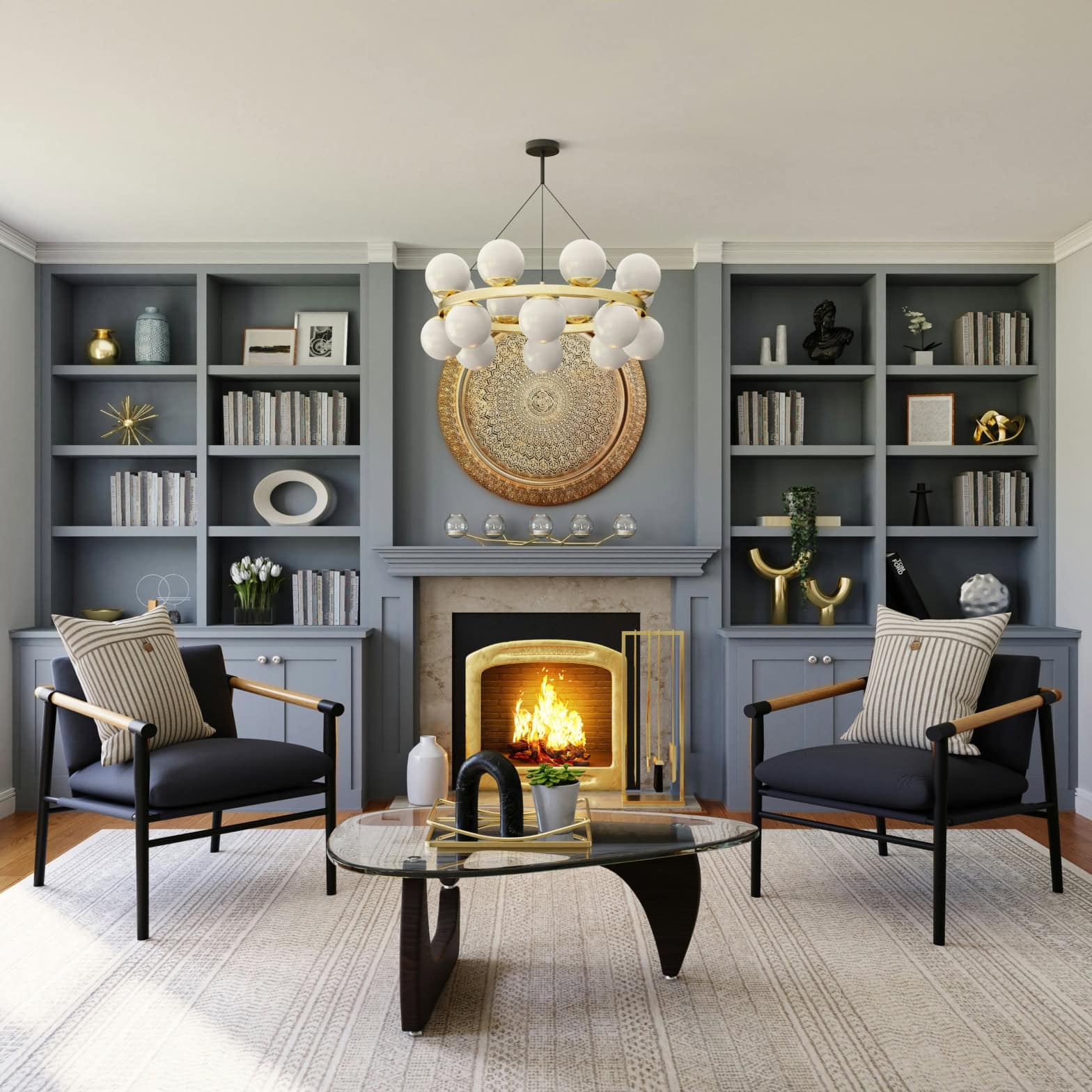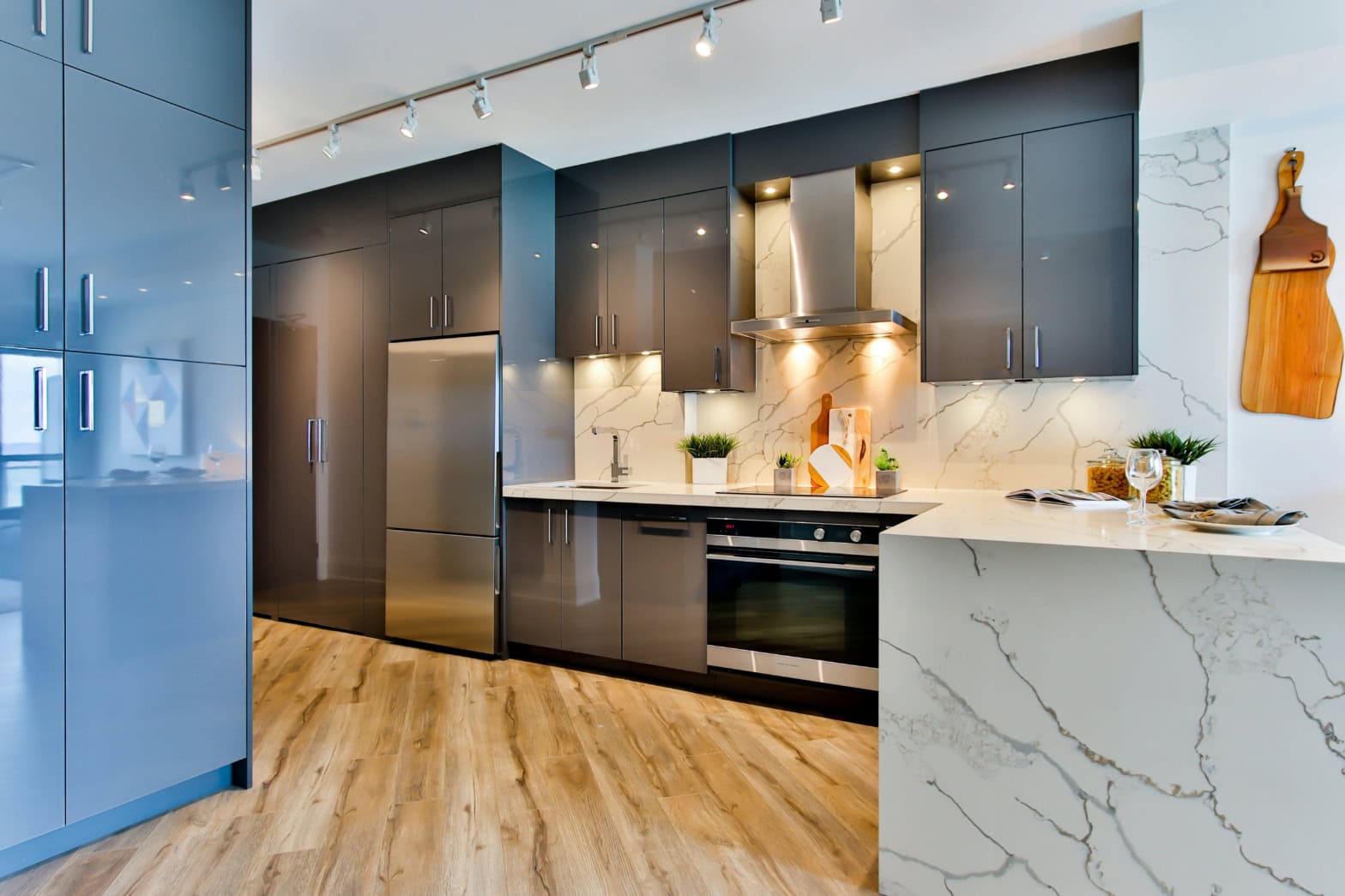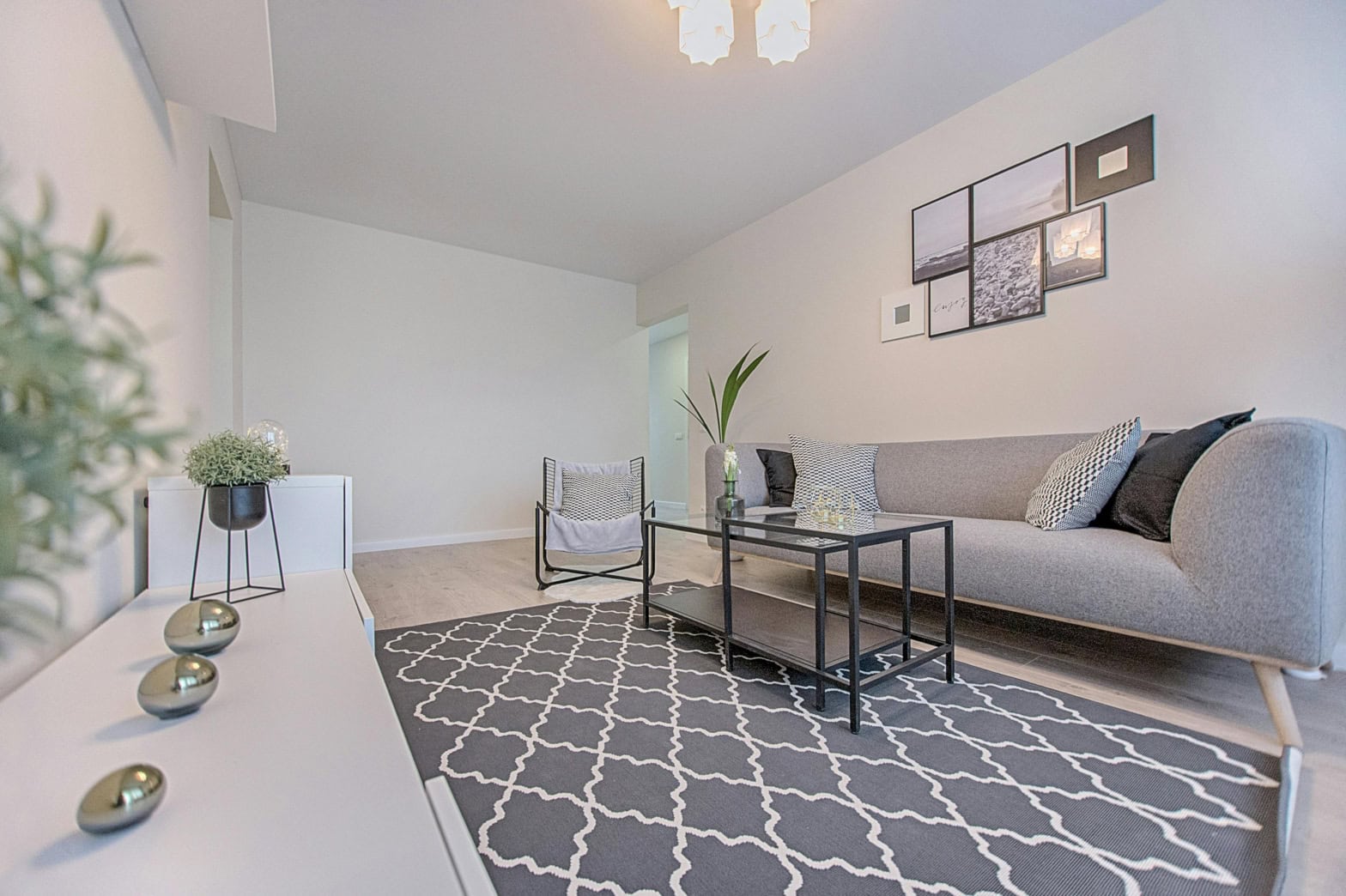Renovations In High Demand
Our friends over at HomeStars recently published a Home Reno Report that concluded how Canadians in record numbers were opting to either move into a new home for more space or renovate their existing homes to accommodate a work-from-home lifestyle. A staggering 80% of Canadians had plans to take on home projects despite COVID-19, with no slowdown in the numbers even with a potential second wave on the way.
With 20% of those surveyed planning larger projects, we wanted to help Canadians assess their financing options as it relates to cost-effectiveness and cash flow implications.
Payment Options
When it comes to renovations, major projects can range in the tens or hundreds of thousands of dollars. Typically, these renovations would be financed through one of the following:
1) Refinance
If you have the equity available in your home you could pay for the renovations by refinancing your home. Rates today are around 1.90% and the amortization period (amount of time to pay off your loan) can go as high as 30 years. If you time a refinance close to your mortgage renewal date you can avoid paying penalties. If you’re early in your mortgage term, a refinance is still feasible but may come with penalty costs that need to be factored in.
What Is A Refinance?
A refinance is when you increase your amortization to lower monthly payments and/or your mortgage amount to take equity out of your home.
2. Home Equity Line of Credit (HELOC)
Rates would be in the range of 2.95%, and interest-only payments make for a very low monthly cash flow impact.You would however, need to eventually make principal payments, since you don’t want to carry a debt forever. To get a HELOC you would typically need to have it set up in advance. While it is possible to set up a HELOC at a later date as a stand-alone HELOC, most lenders will only entertain them when the mortgage is originated or refinanced.
3. Cash
If you have the money or assets to sell (for example, stocks) to pay for it in full, you could simply just cut a cheque for the renovations.
4. Personal Lines of Credit
Same concept as a HELOC, but since it’s unsecured it typically carries a higher rate in the 5-7% range.
5. Unsecured debt
This primarily will consist of personal loans or financing programs, of which there are an abundance of options available today. Typically, these products will have rates in the 7-12% range and amortization periods of 1-10 years.
We’ve listed the options above in the order of preference we believe borrowers should consider them.
Refinance Example:
Jennifer bought a $400,000 home in London, Ontario 7 years ago with 20% downpayment, meaning her mortgage was $320,000. Today, Jennifer’s home is estimated to be worth $880,000 and her current mortgage balance would be around $250,000. Assuming a 3% interest rate and 25-year amortization, her monthly mortgage payment is $1,514.
Assuming Jennifer qualifies for a larger mortgage amount, she could get a mortgage as high as $704,000. This means she has access of up to $454,000 in home equity ($704,000-$250,000). Jennifer doesn’t need the full amount, so she takes out $100,000 to pay for renovations. Her new mortgage would then increase to $350,000 and $100,000 would be in her bank account where she could pay for the renos entirely.
Financial Impact of Each Option
Renovations will impact your cash flow in two ways depending on how you pay for it: Upfront and over time. Here’s a breakdown of how $100,000 in renovations would work out for each financing option:
1. Refinance
Assuming a rate of 1.90% and 30-year amortization, her new monthly mortgage payment would be $1,275. At first you may think this is a calculation error, but the combination of a lower mortgage rate and a reset on her amortization would result in her monthly cash flow increasing by $239!
2. HELOC
Assuming a rate of 2.95%, monthly interest payments would be $246 and her currently mortgage payments would remain the same. She would also need to eventually start paying down the balance if she doesn’t want to carry a HELOC balance forever. If she wanted to pay it off over 10 years, that translates to another $833 per month. Her immediate monthly cash flow would go down $1,079.
3. Cash
One might argue that there is no cost to using cash, but that would ignore the opportunity cost. Investment yields of 5% aren’t unreasonable and that cash could be put to use in building her portfolio instead of paying for renovations. The foregone yield (5% – 1.90%) on those assets would amount to $258 per month, but cash flow would be unaffected.
4. Personal Lines of Credit
Assuming a rate of 6%, monthly interest payments would be $500. With the same 10-year repayment of principal as the HELOC ($833/month), immediate monthly cash flow goes down $1,333.
5. Unsecured Debt
Assuming a 9% interest rate and 10-year amortization, monthly payments would be $1,258 and her monthly cashflow would go down accordingly.
As you can see, a refinance at today’s extremely low rates is the only solution that enables Jennifer to improve her cash flow position and at the same time offers the most cost-effective form of financing.
How Do I Get Started On Renovations?
Log into your Perch profile to see how much equity you have available through your current properties. This can help you set a budget for your renovations.
Over 85% of the respondents in HomeStars reported that they planned on hiring a professional to complete their projects, as most of us aren’t DIY-ers. Just like finding the right mortgage partner, there is an overwhelming amount of contractors available and not all offer the same quality of work. HomeStars helps over 10 million Canadians each year research their next project (scope out the potential price of your renos) and get connected with vetted home service professionals in your area.
With your renovations planned and budgeted for, your dedicated Perch mortgage advisor can help you make that project a reality.






